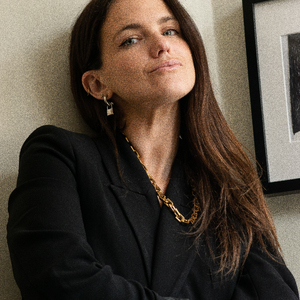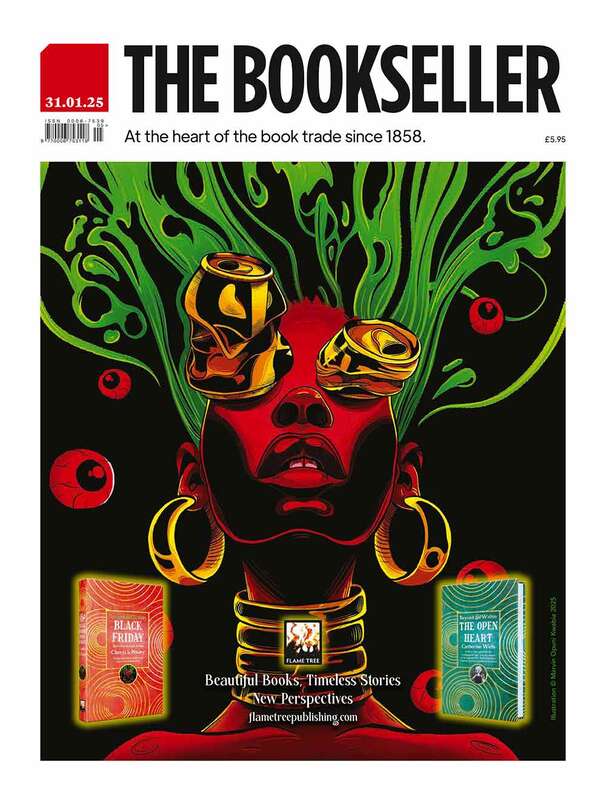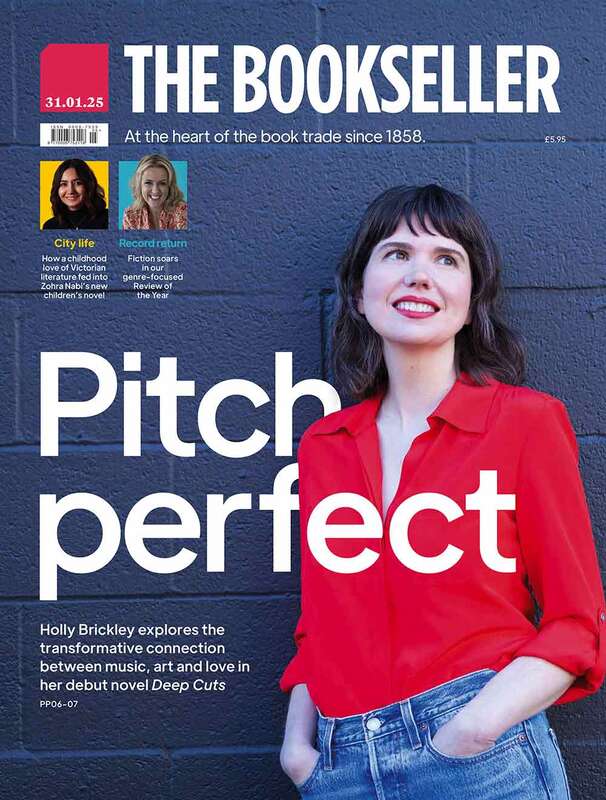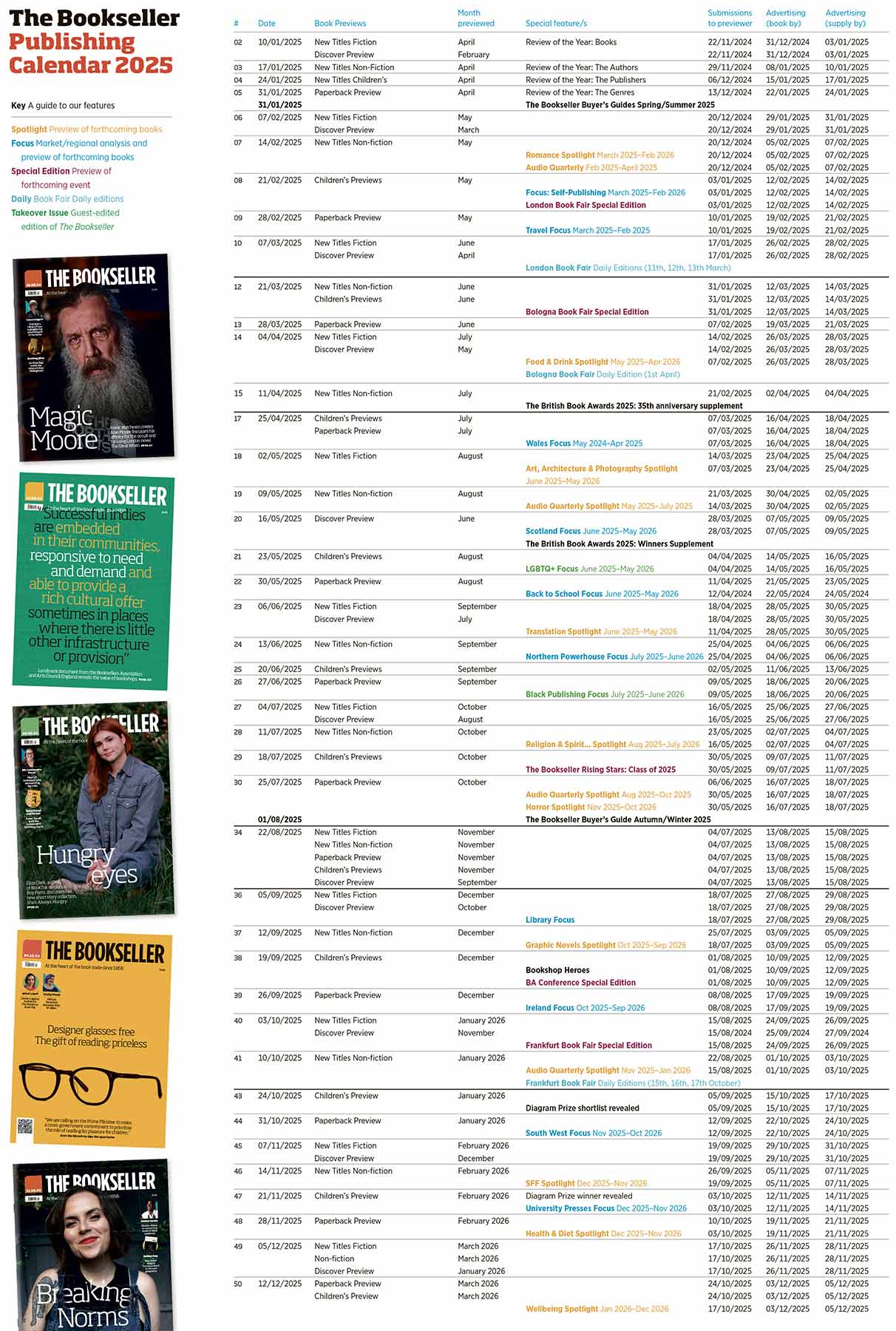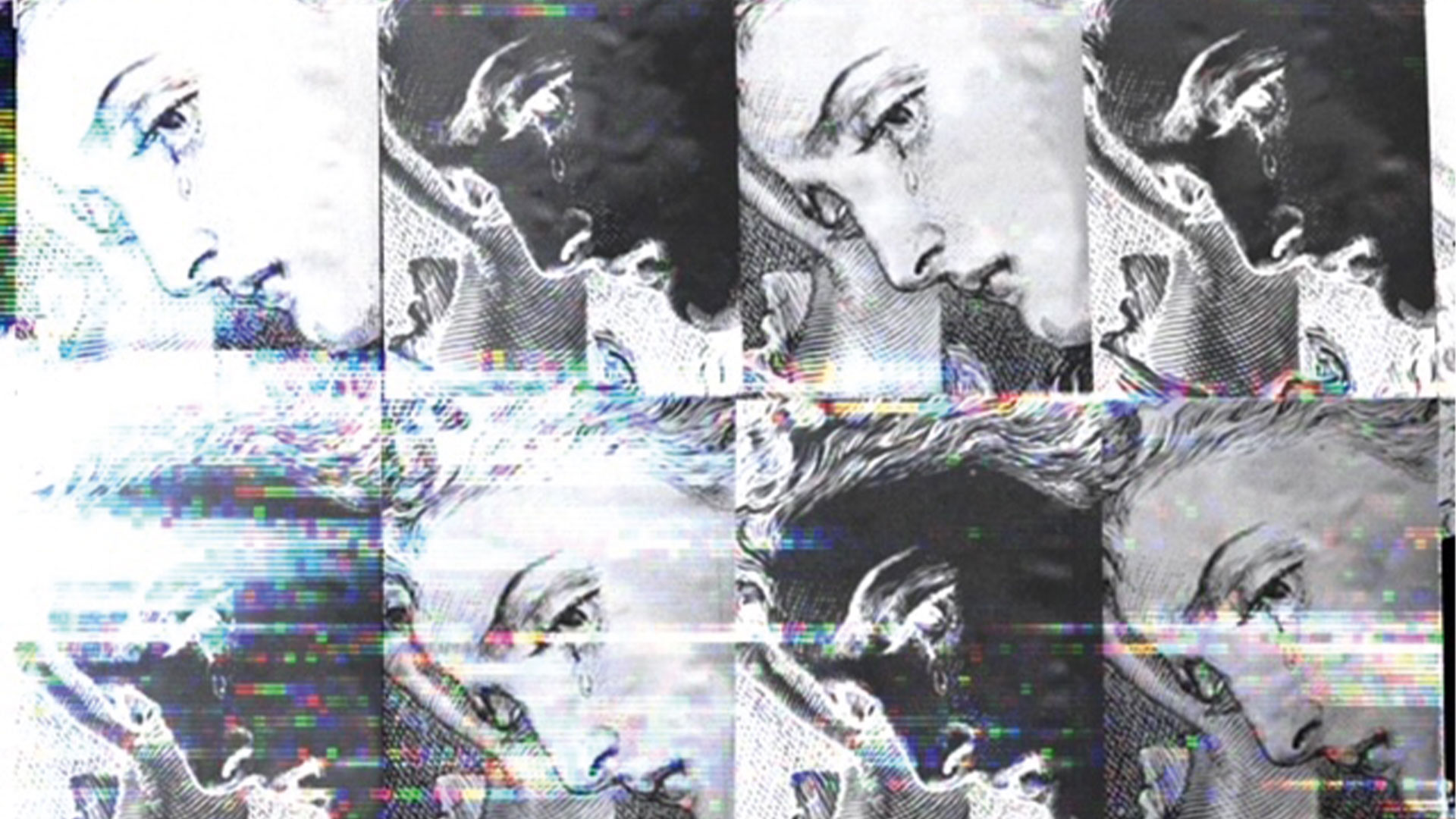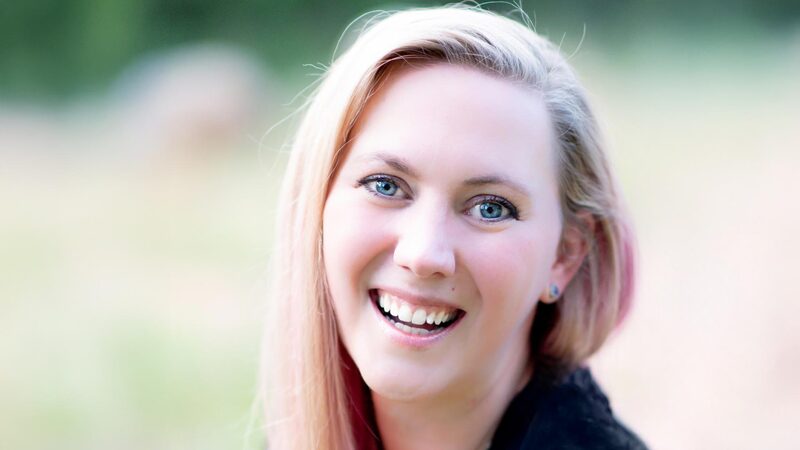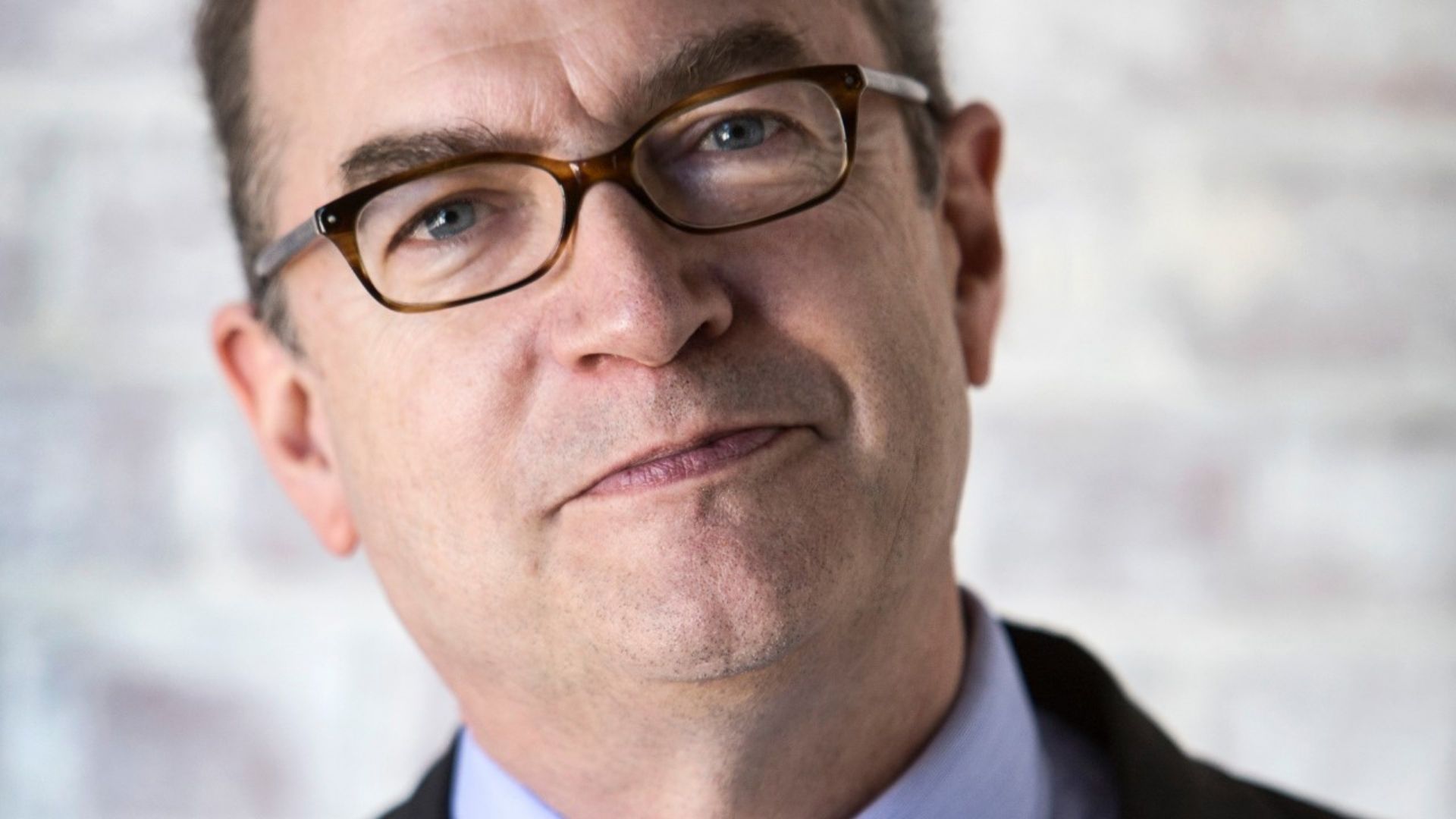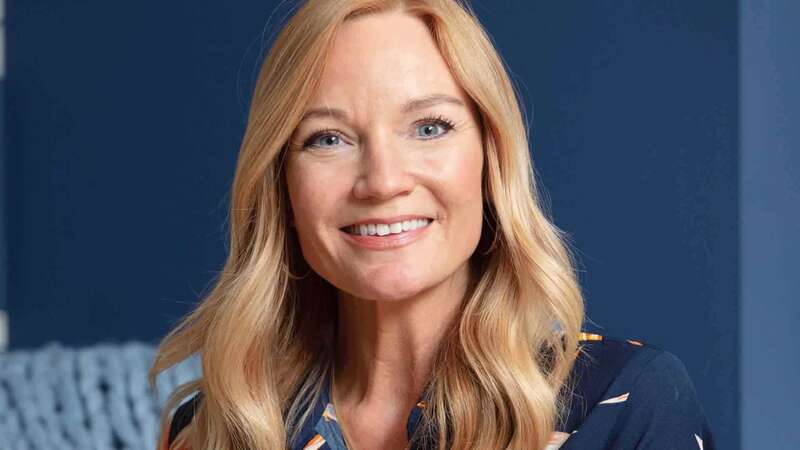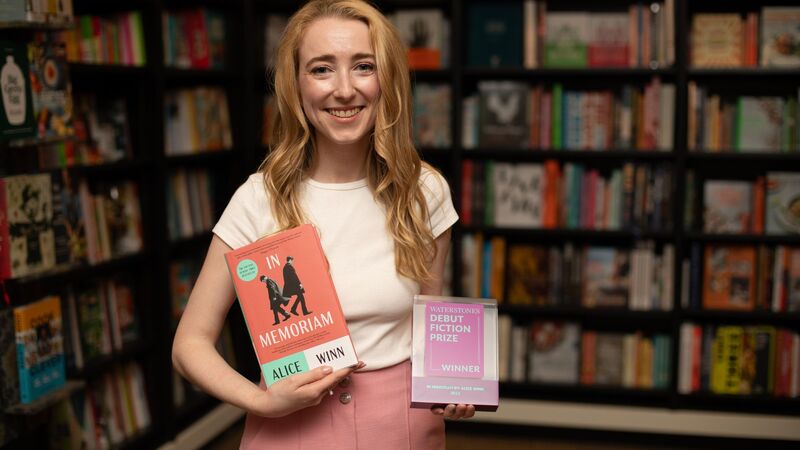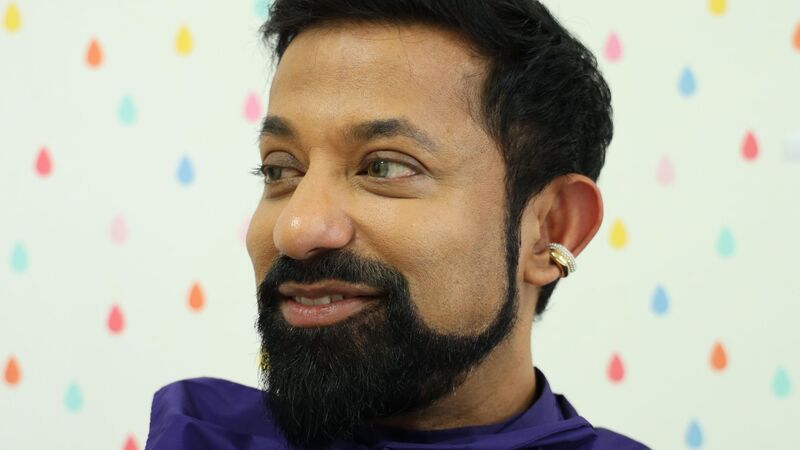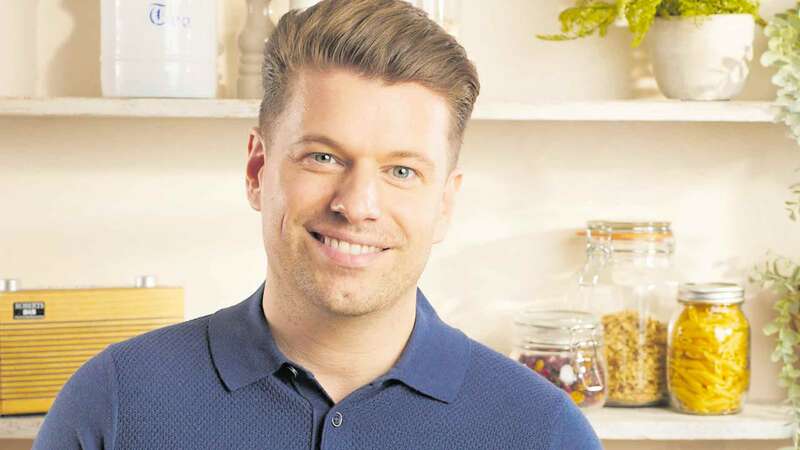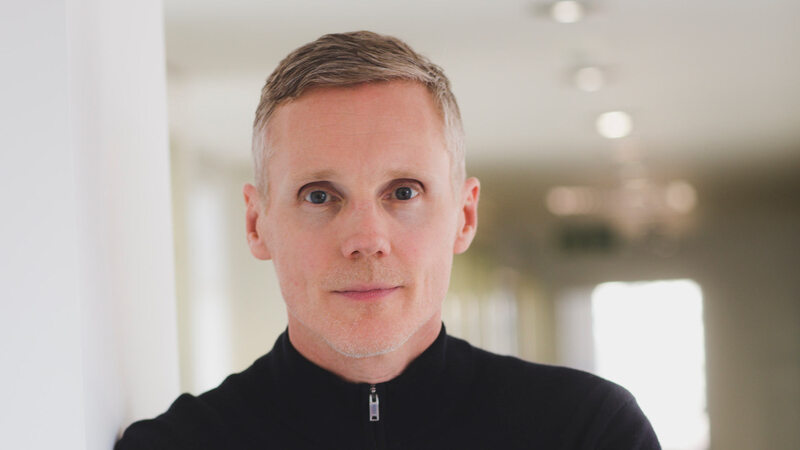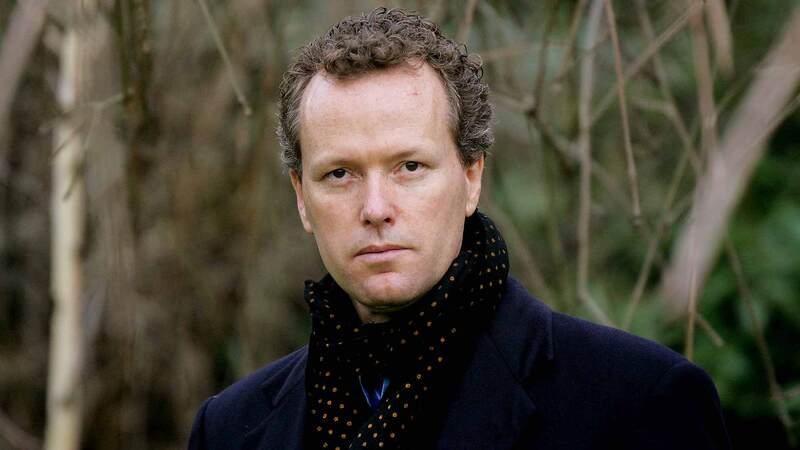You are viewing your 1 free article this month. Login to read more articles.
Attack of the female clones
Publishing is stuck in a heroine rut, and we need to take some bolder risks.
Between you and me, I think we have got ourselves stuck in a bit of a rut.
The nadir came when I read a submission where a lead female character was dumbfounded as to why her cheeks were wet. So removed from her emotions, her own tears had become abject to her. As though she could only access herself second-hand, perhaps she had misplaced the remote control?
Or maybe her battery life had died? Whatever it was, she was sleepwalking through life – a corpse bride in a plotless wasteland. I felt nothing, she felt nothing – we both needed a shot of caffeine and a proper cry afterwards. I have now seen many submissions like this. They have started to rub my inbox raw. But, I know how these bloodless, 20- to 40- something, women became a trend: it isn’t the fault of their authors, it is ours and by, ours, I mean, us publishers.
I get why trends form in publishing, in many ways they can be a force for pluralism and offer a new space for a wider diversity of voices. However, the publishing model can become a reductive force all too quickly. Commonly for a book to be published into a new genre it must resemble the breakthrough bestseller; then the next book that comes along needs to appear a little like this book. Ad infinitum – comp’ing [publishing speak for comparative titles] into oblivion. This process thins out the bloodstream of originality and the richness of authorship. So much so that it begins to ring-fence a writer’s ideas. Rather than setting our authors’ fingertips free to fly anywhere their imagination takes them, it forces them to queue to board the same package deal flight to the same all-inclusive destination.
Our current obsession is with someone I will call "the catatonic female"; she is a passive receptacle who doesn’t engage with the world around her. She exists outside herself in a world almost entirely absent of plot
This is not to say that the first breakthrough book starring an all-new female character is not representational – but when we photocopy a photocopy, the focus gets distorted, and it starts to bleed out onto the page – as do our female characters.
Our current obsession is with someone I will call "the catatonic female"; she is a passive receptacle who doesn’t engage with the world around her. Sure, things happen to her, but she presents very little to no emotional response. She exists outside herself in a world almost entirely absent of plot.
Now, I am not necessarily calling out for feminist howls or psychic splitting, but I am asking that this flat-pack female lead doesn’t weed in too deep. The metal-sharp woman – who has sex but only in a cerebral way, who is uninterested in pain (mostly her own) and exists in silo from the deeply uninterested world – begins to resemble something not all together fleshy.
This is by no means the first time our "female character" has had to conform to type because we have seen the changing currency of who she has been over the centuries; Eve, the hysteric, the damned, the unmarried, the drunken mess and, now, the catatonic (to name but a few choice accolades).
A lot of literary history has trimmed the meat off women’s character till it has struck bone; reducing the stretch of their lives till it becomes an agreeable niche plot with a trendy prototype at its helm. We owe it to our future readers to seek out originality and fight for it. Just because something has been done in a certain way before does not mean it should continue to do so. What are we telling our readers about women if we continue to clone them out of existence on the page? Not giving them room to breathe, fuck with feeling, exist without restrictions and be wholly, and totally themselves?
Just because something has been done in a certain way before does not mean it should continue to do so
As we know all too well, mono-farming and stripping things out of the world we live in, creates a dangerously unstable environment. We need mass diversity and a dynamic ecosystem for our books to thrive and find new audiences, younger audiences, other audiences – any audience.
Becoming a published author is hard; harder still if you are doing something gutsy and different; that’s why we publishers must fight for the unprecedented. We have to be the ones to take the risk; for our authors, for our readers and for ourselves.
By cloning our way into what we perceive the market wants we are squandering writers’ intuition and making them increasingly write books which have worked before, for us, but not for them. But here’s the thing, we are not data farmers; we work with humans who are trying to write stories about what it is to be human. We were never meant to gather authors’ IP and just clone it.
If we distance ourselves from our humanity, we will be the ultimate losers. And if we don’t make ourselves less of a machine, then the machines will do it better.
